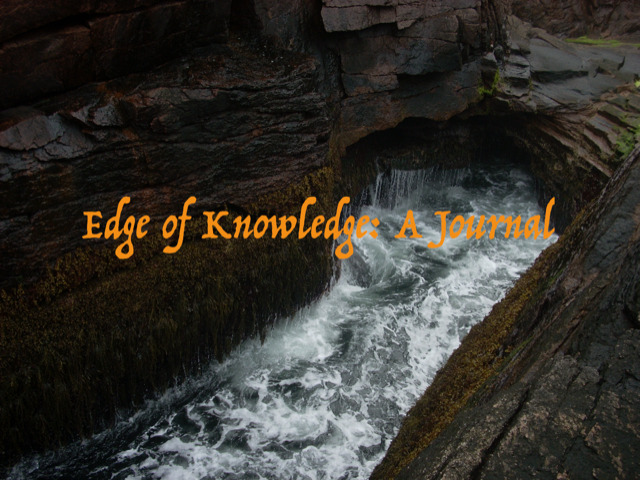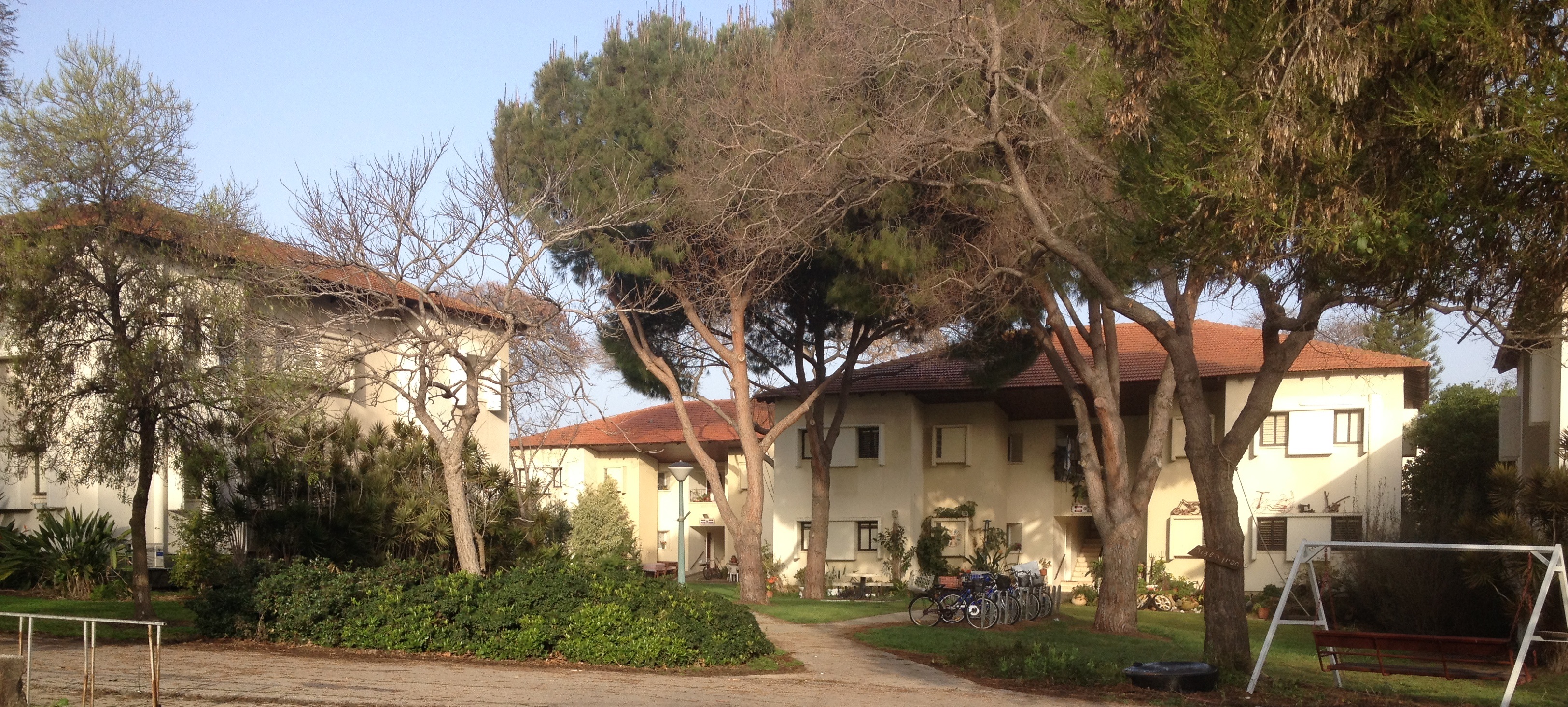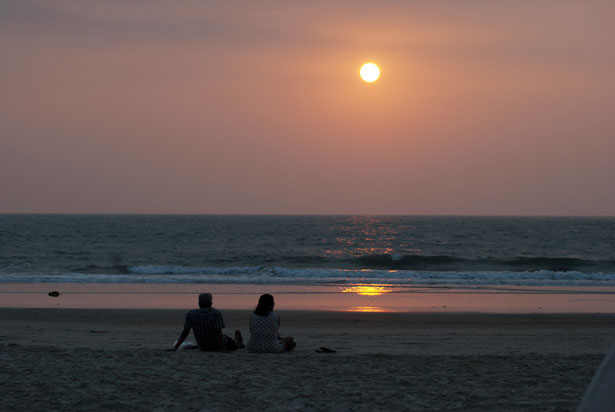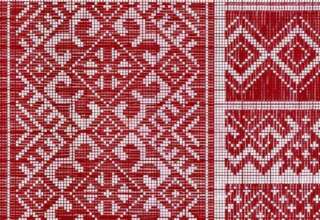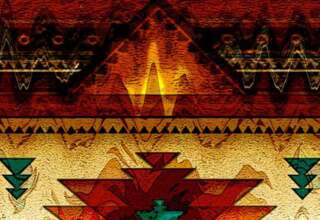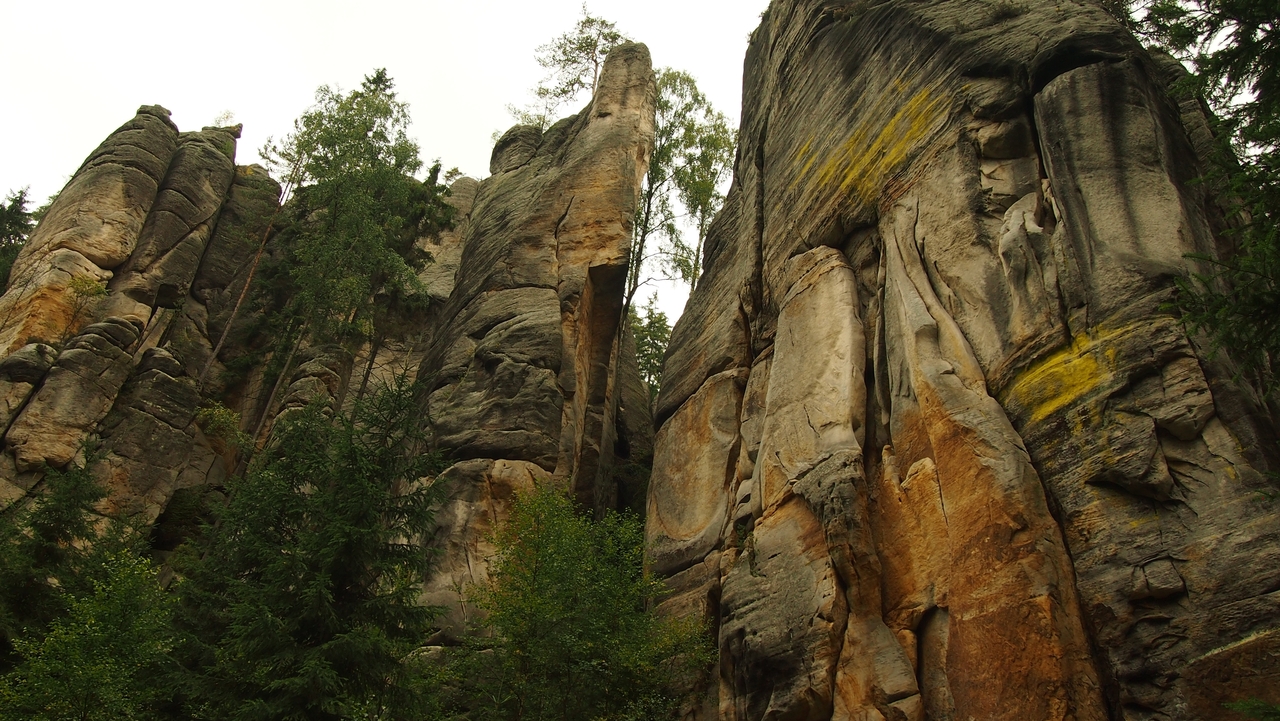
From the beginning, controversy existed between the Zionists who believed that independent existence of the people was only possible in their ancient homeland, and the “Americans” who claimed that the “land of the Free” was the most suited to the free development of the Jews. Ultimately, it was not the ideological argument but the conditions of absorption that determined the direction of migration for the great majority of those forced to flee from their countries of residence. In my own family, my paternal grandparents left Germany in 1933 to France, waiting for a visa for either the US or “Palestine”, whichever will arrive first. My maternal grandfather on the other hand was always a devout Zionist. He bought land between Haifa and Tel Aviv in 1932, and made his commitment to settle there as soon as he could. Both sides ended up in Israel, actively supporting the building of this dream, making the hopes of old come true.
Hertzel’s dream was so powerful, easily accepted and potentially successful because he didn’t invent much new. He spoke out what many felt. For thousands of years the return to the Land of Israel was a daily part of every Jew’s life. The Bible and the Siddur, the Jewish prayer book, express such sentiments as “next year in Jerusalem” and “if I forget thee, Jerusalem, may my right hand wither…” Journals and poems share countless impressions from those who journeyed over throughout the centuries, visiting the holy sites as well as supporting the small Jewish population that maintained their residence in the Land. Yehuda Halevi of 11th century Spain was just one such writer, expressing many sentiments when he wrote that his “heart is in the East while (he) is at the end of the West”.
Non-Jewish travelers to the “Holy Land” in the 19th century, like Mark Twain and others, were surprised to find the land of “milk and honey” a land of waste, swamps, danger and sickness. Some compared the land to a woman who sits in mourning, waiting for her mate to return, not giving in to any other suitor. They speculated that it will be with the return of the Jewish people that the land will bloom again; the woman will rise, put on her make-up on and dawn her beauty for her man. It will be then that the “old-land” will come to life and become the “old-new-land”, as described in Hertzel’s book and as has happened in the past century. Hertzel therefore was not a “visionary” or a surprising modern prophet of some sort. The dreams and hope he verbalized was not his; rather it belongs to the Jewish people, and will likely remain so. They will also change it, mold it and reshape it to match their needs going forward. This probably can be compared to other leaders of such magnitude, like Martin Luther King Jr and Nelson Mandela who expressed the hope of a people and thus helped bring it to life.
Robert Mattox, social activist and futurist, has proposed a social-change theory based on the hope phenomenon in relation to leadership. Larry Stout postulates that certain conditions must exist before even the most talented leaders can lead change (can we analyze the 2008 elections in the U.S.?). Given such conditions, Mattox proposes a change management theory around hope, suggesting that a leader can lead change and shape culture within his community or organization by creating a “hope-scape” and harnessing the hope system.
In the case of the Jewish State, these feelings were taken a step further. Written by the Hebrew poet Naphtali Hertz Imber, originally in 1877 and slightly edited later on, the Israeli national anthem comes closer than any other poem to being the song of the entire Jewish people. The poem’s name alludes to the eternity of the dream: Hatikva, which means “the hope”, says:
As long as in the innermost chambers of the heart
A Jewish soul is yearning,
We turn to the East, forward
Our eye – watchful over Zion.
Our hope is not yet lost
The hope of two thousand years
To be a free people in our own land,
The land of Zion and Jerusalem.


